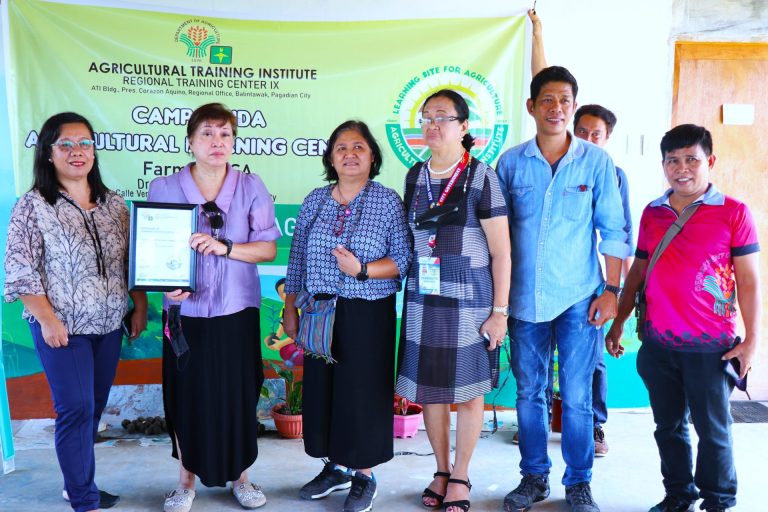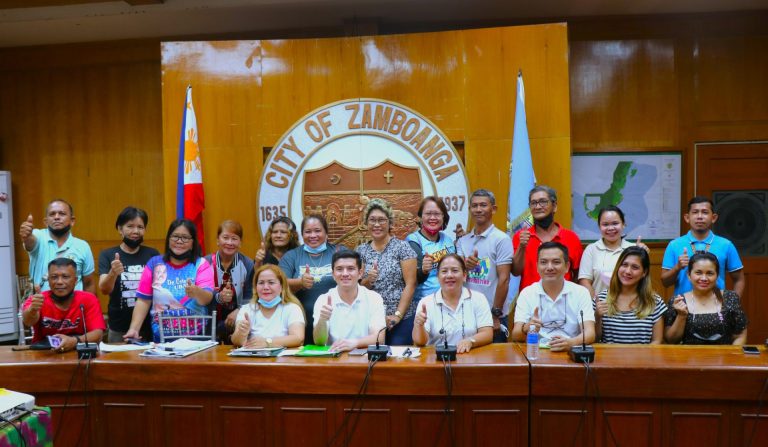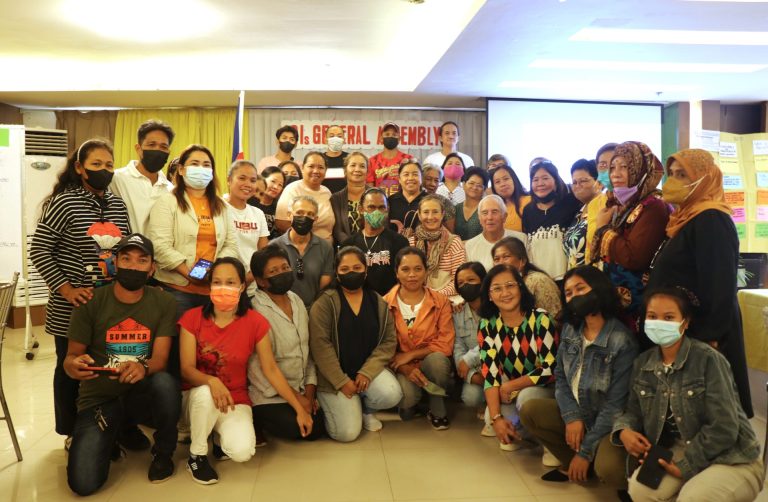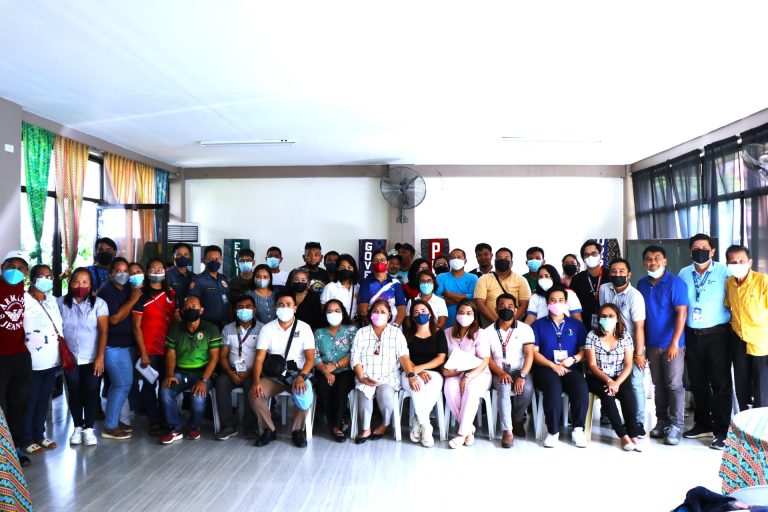Zamboanga City – A PUBLIC library is seen to bridge the gap in knowledge particularly for people who never got to foot set in academic institutions.
At this city’s library, an average of 12,000 visitors visit every month, particularly during the peak season, city librarian Emilia R. Natividad told PeaceWorks.
The city library has been in existence for 88 years. It was started as a private collection in 1920 at the residence of Frank W. Carpenter, who was then executive secretary of the governor general during American colonial era. Carpenter served from 1914 to 1920.
“He had a house inside what is now called the ‘Sunken Garden,’ which was then called Plaza Carpenter, which os the present office of the City Tourism near City Hall. Carpenter had a big collection of books. He left them behind when his assignment here was over, turning the collection into the town library”, Natividad said.
After World War II, the library was moved to what is now the City Registrars Office in Pettit Barracks, where it stayed until in 1990. After a couple more of temporary residence, the library finally got its own modern building along R. T. Lim Boulevard three years ago. The building cost P10-million, with a floor area of more than 500 square meters.
It is situated near four major public schools including the Western Mindanao State University, as well as the religious-ran Pilar College.
Natividad, who has been working in the city library for 25 years, observed that with the several recent transfers, some old and valuable books suffered some damage or were lost.
“We were not able to save some rare books and old newspapers,” she said, adding that they have no technical resources for curing books.
Nevertheless, the new city library is completely modernized to provide a conducive atmosphere for reading, research, and quiet conversation.
The formal library is located in the first floor. There, one can find the considerable Filipiniana collection courtesy of the National Library, including its rare books and iconographic archive, one of the bests in the country today. This has been augmented by various donors.
“The older a Filipinana book gets the more priceless it becomes,” Natividad said.
The right section is the children’s library, wherein not only fairy tales but also basic science and health books are in the shelves.
On the second floor is the spacious reading room. Visitors can browse through the latest books and magazines on Philippine history, art and culture, as well as the latest in business and management technologies. On the other side of the room are four computers linked to the Internet for those who wish to surf the net or learn how to do so.
A unified computerized catalogue currently is being loaded to help researchers determine where information on their research topic exists. Currently, the library has more than 16,000 books, which include the Filipiniana collection, medical books, science, and business management and a good number of fiction and paperbacks.
“I’m proud to say that our academic books are all updated. We have both the old and the new books,” Natividad said.
“We are given a budget of P200,000 yearly by City Hall to buy books and periodicals. The National Library also allocates books to us every year,” she said. In addition, the library solicits book donations.
A more ambitious project is to set up a multimedia audio and visual room. “I want the city library to have a multi-media section with more computers”, she says. Most of the library’s patronage are students doing research work.
To widen its service the city library also plans to conduct an outreach program to bring over for a visit children from far-flung area for them to get a glimpse of the books and learn to appreciate them. “Or, a book mobile perhaps,” she said, adding “if they cannot come here we will go to them.”
Marian V. Rivera, a secondary student, told PeaceWorks that a public library serves as an essential part to educate the population. “A public library is generally for the public, literate or illiterate. It is a place where they can read, even just for pleasure if not for academic requirement,” she said.







Recent Comments